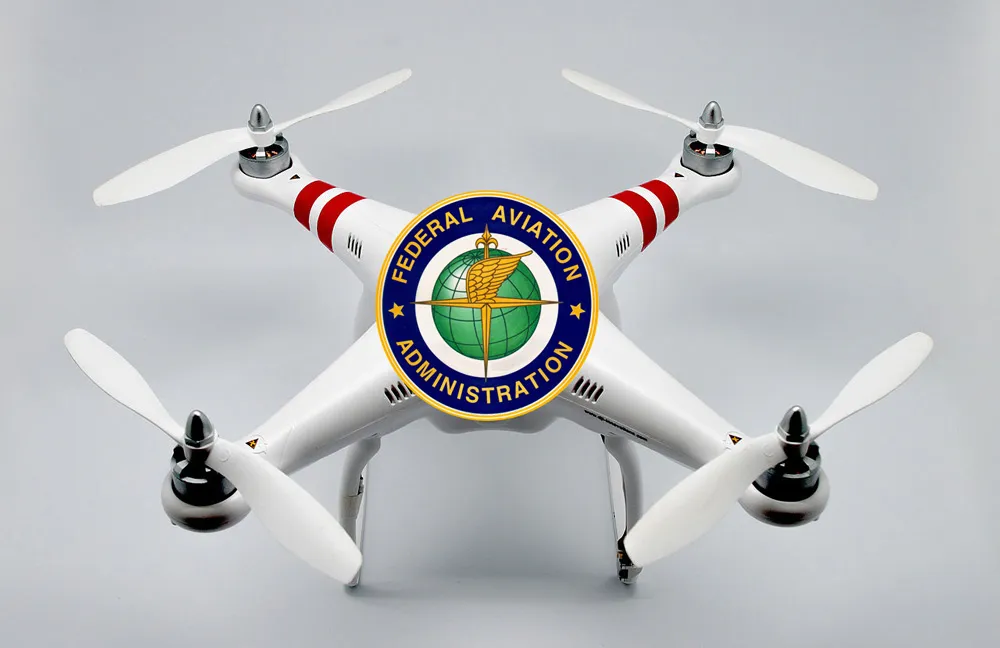
Your hobby drone needs to be registered in United States. Again.

The on-again, off-again relationship between the Federal Aviation Administration (FAA) and drone enthusiasts in the United States has finally been cemented by a new bill Trump administration signed into law this week. The National Defense Authorization Act for 2018 requires every hobby drone to be registered with the FAA.
Back in 2015, the FAA had mandated all hobbyists to pay a $5 registration fee and enroll their drones in the national database. But in May 2017, an appeals court struck down that rule, saying that FAA isn’t authorized to pass any regulations regarding the operations of a non-commercial model aircraft. So, the FAA said: Fine, fill out a form and mail it to us, and we will delete your record from our registry and refund your $5. And many people did that.
Now, the new law again requires all civilian drone operators to register their machines with the aviation authority, if they want to stay legal. Welcoming the reinstatement, the FAA, in a statement to TechCrunch, said, “Ownership identification helps promote safe and responsible drone operation and is a key component to full integration.”
Many industry players, including Association for Unmanned Vehicle Systems International (AUVSI) and drone giant DJI, had expressed their disappointment when the appeals court gave the boot to the FAA mandate. Asserting that reinstating the registration law will ensure safety and accountability in the US airspace, drone lobby group Small UAV Coalition said in a statement, “With registration reinstated, the Coalition looks forward to working with the FAA and Congress to implement remote identification and tracking standards that will be critical to ensuring safe integration and unleashing the potential for increased and expanded commercial UAS operations.”
Click here to see the full list of FAA’s rules for operating drones in the United States. And if you find an unmanned aerial vehicle under your Christmas tree this year, don’t forget to register it before taking it out for a whirl!






